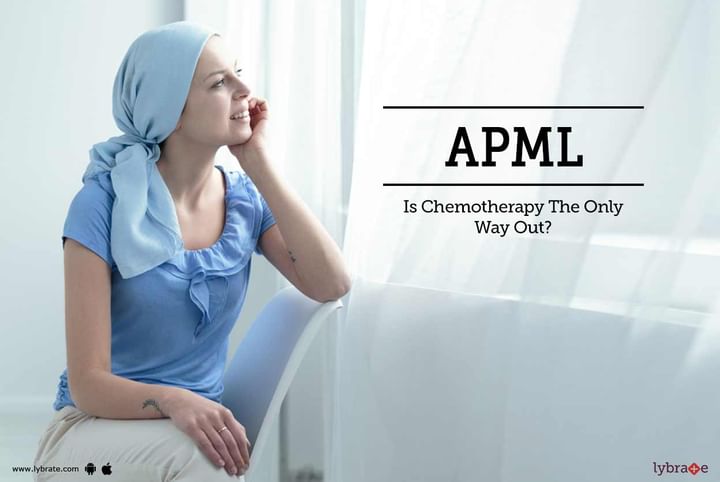APML - Is Chemotherapy The Only Way Out?
There are more than hundred varieties of blood cancer, but the most common ones are leukemia, lymphoma, and myeloma. Acute myeloid leukemia (AML), a type of leukemia, is when the white blood cells in the marrow begin to grow uncontrollably. This is an acute condition and both the onset and progress are very rapid. The cause is not known, and given the rapid progress, even treatment is often difficult. A more severe form of AML is the APML which is acute promyelocytic leukemia, which leads to reduced number of white and red blood cells and plasma.
This causes the following symptoms:
- Anemia
- Increased incidence of infections
- Excessive bleeding from even minor cuts
- Bleeding from nose and gums
- Easy bruising
- Blood in the urine
- Extreme paleness and tiredness
What is different about APML?
There is one distinguishing factor with APML, which is that they contain a protein which when released into the bloodstream can cause severe bleeding, which may be very difficult to control. Chemotherapy kills these cells and so releases the proteins into the bloodstream. These cells need to be managed without chemotherapy, as the patient can even die of uncontrolled bleeding. With medical advances, two non-chemotherapy agents have been identified – all-trans retinoic acid (ATRA, vesanoid, or tretinoin) and arsenic trioxide (ATO or trisenox).
- ATRA: This is a type of vitamin A which is used either alone, in combination with chemo, in combination with arsenic trioxide, and also in combination with both chemo and arsenic trioxide. The effect is different in different people – helps control spread, helps prevent recurrence, and helps control symptoms. In many people, it has been successfully used instead of chemotherapy. ATRA is also used as a long-term maintenance agent. Side effects from ATRA include fever, dry skin, rashes, mouth sores, increased cholesterol, and swollen feet. These go away with stoppage of the drug.
- ATO: Arsenic is poisonous when given in large amounts. However, it was discovered that it could be used to treat APML with effects similar to ATRA. It is used alone, in combination with chemotherapy, with ATRA, or with both. It helps control the growth of cells and also helps in long-term maintenance therapy. ATO dosage needs to be monitored as it can cause heart rhythm issues.
With both these drugs, there is a significant side effect, known as differentiation syndrome. Often seen during the first cycle of treatment, this happens when the leukemia cells release a protein into the blood. Symptoms include fever, breathing, kidney damage, and severe fluid buildup. With these two drugs being widely used effectively, chemotherapy is not the only treatment option for APML. In case you have a concern or query you can always consult an expert & get answers to your questions!



+1.svg)
